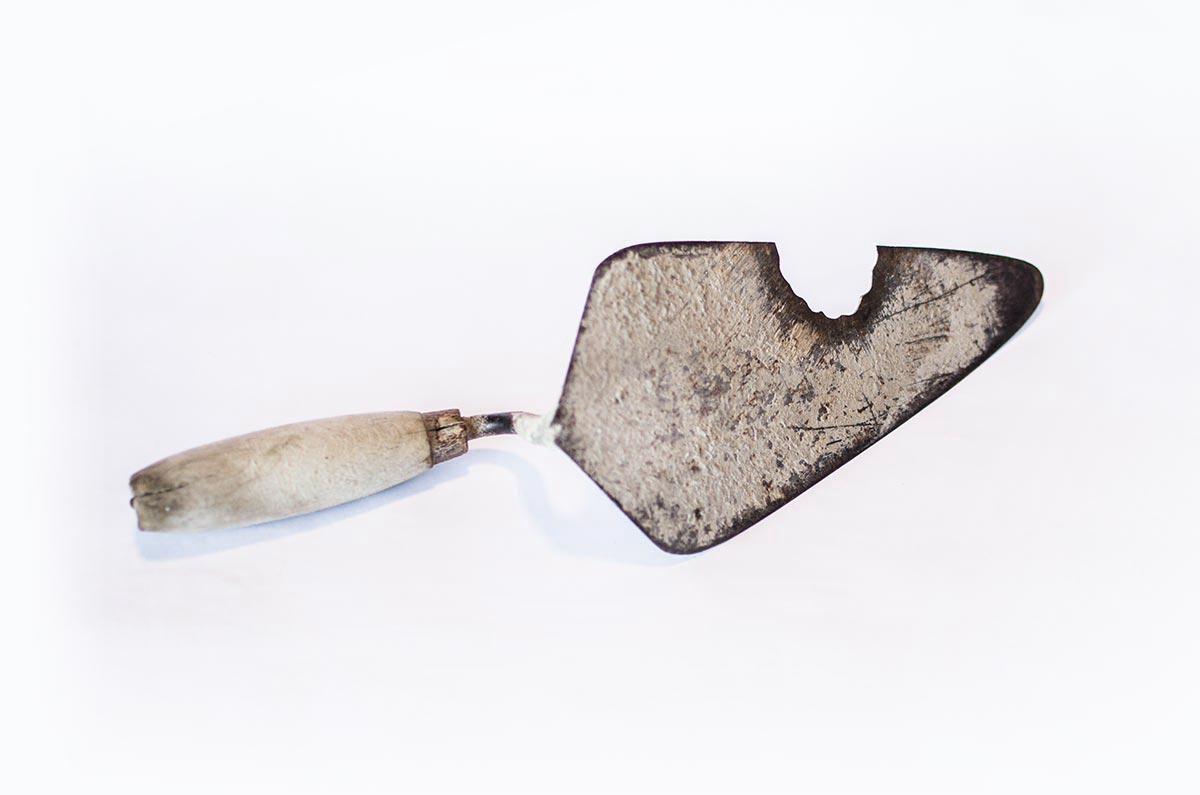
Who Will Unveil Us, If Not Us?
Jefferson Medeiros
“I’m from São Gonçalo” is the opening line of my Instagram account, the virtual platform that I use as an exhibition gallery for my artwork. I had gotten to a point where I felt the need to highlight this about myself. My father always got very upset with people who hid that they were from São Gonçalo, he used to rage in front of the television when artist X or Y denied their origins. In childhood, it was impossible for me to understand why someone would do this. At the time, I spent my days playing: riding a bicycle; climbing trees; eating mango; playing at being a pirate, jumping through the pools of water formed after the rain in the ditch next to my house; making coffee; manufacturing fire balloons; pulling sugar cane leaves tied with nylon across the street scaring passersby as if it were a snake … Well, here I have lived, here I have loved, impossible not to like this place, so I grew up loving my city.
The last census, carried out in 2010, noted that São Gonçalo has approximately 1,085,000 people, so even though I cannot name all the names, I like to say that São Gonçalo has at least 1,085,000 positive aspects. It is from this place and peripheral social geography that I have come to see life. Absorbing my surroundings, here I have learned to read the world and approach life as if a manual of life and to read theory into the daily practice of existence. This theory constitutes something like an episteme of a Gonçalense becoming. It is a peripheral becoming with the specificities of this place.
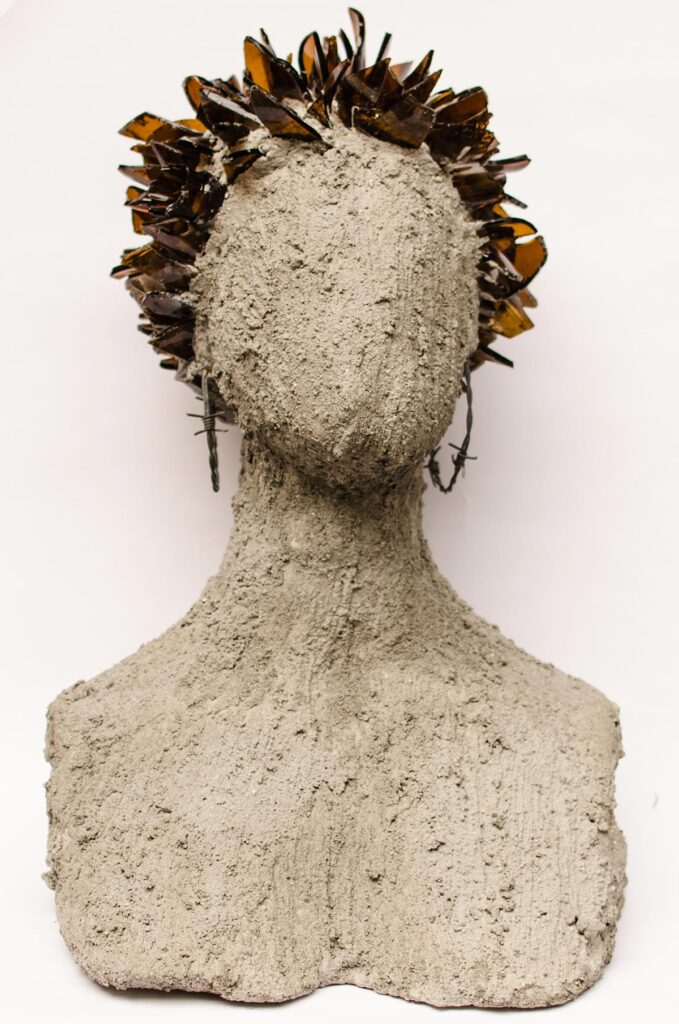
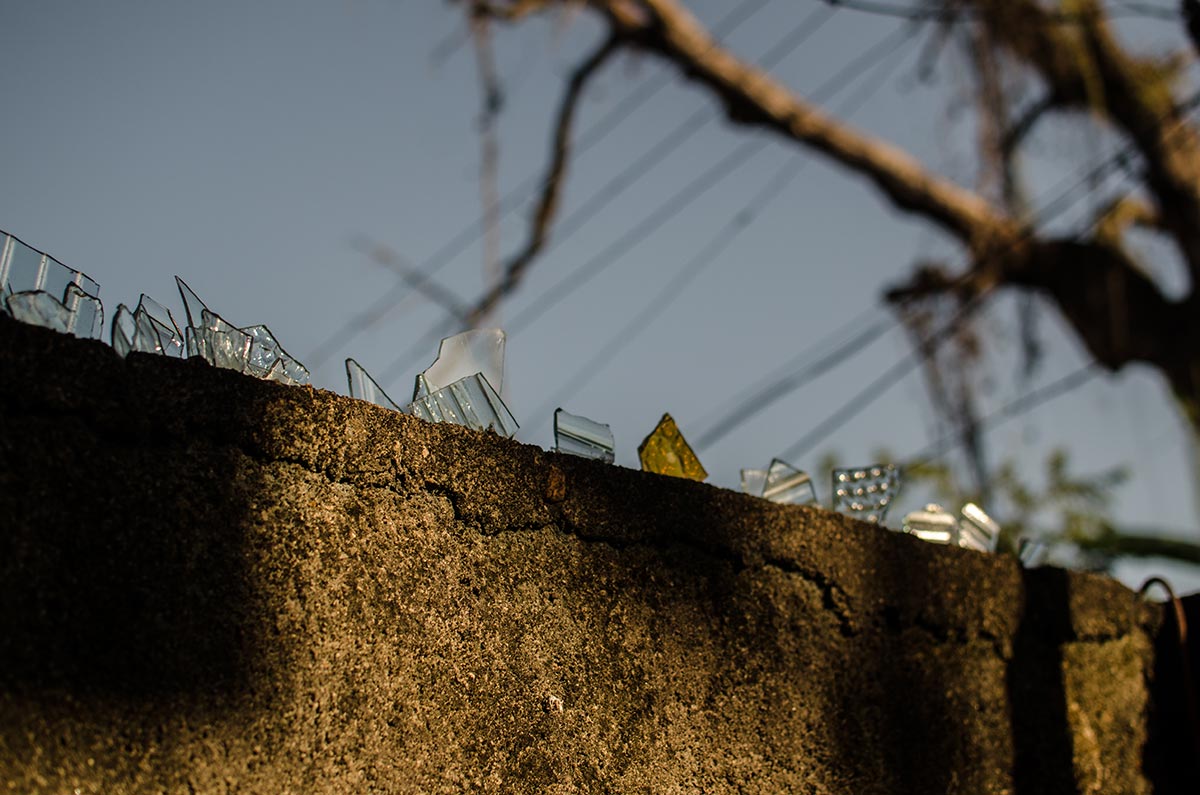
With so many inhabitants, São Gonçalo is in dire need of efficient public policies that even minimally serve the well-being of the population. Indeed, we are far from proud of the precarious Gonçalense infrastructure, be it transport, basic sanitation, security or education. Despite the high demographic index, it is neither an industrialized city nor does it not have shipyards and ports in full operation, even though it is on the banks of Rio de Janeiro’s Guanabara Bay. Here we offer a lot of labor for other places. Women and men, hewn out of walls, get up early everyday to wake up and build the world in neighboring cities.
I have built the world.
Work and I are indistinguishable
For sustenance,
I was condemned to be a tool.
I am my bread.
I am the construction,
But I get debris on a scheduled date.
That’s what I eat,
My body.
Nobody gives me anything.
In the text “Aiesthesis Decolonial”, Walter Mignolo talks about a decolonial aesthetic in Eastern Europe.1 To explore this he presents the work of the artist Tanja Ostojć, born in Belgrade, in the former Yugoslavia. Yes, I know that it may seem strange to reference a Balkan artist here in this context. Well, in her work, Ostojć, as a feminist and a Serbian, denounces that the women of Europe who work in service domestic or trade jobs (from the former communist countries) are automatically regarded by the European Union as women of service. I am not going to explore the visual aesthetics of the artist’s work or the question of gender; it is specifically the notion of “place of service” that interests me here.2
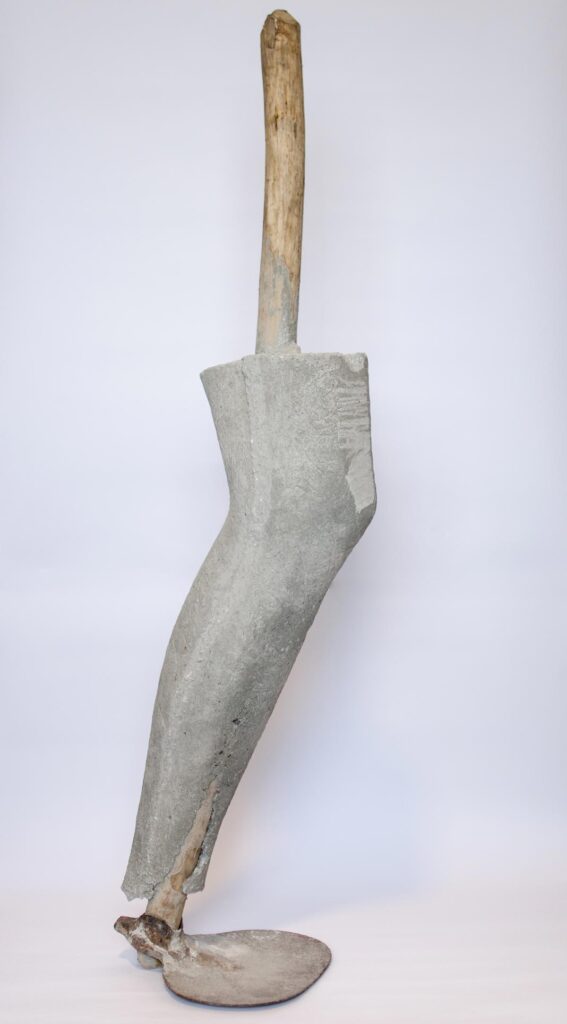
If people are seen as service people, their bodies become tools to be merely used for work. I suggest that we think about the impact of this perception on the very fabric of the peripheral social context from where I speak. There is no intention to think of work as something negative, on the contrary, work is an act of love and love is not a sentence, nor a burden to be born here, but it is the bread that is divided up amongst many hungry mouths. What I condemn is the exploitation and understanding of certain places, as only having a workforce to be subdued, their epistemologies and production of life denied. Thus, building a mistaken imagery of peripheral intellectual inertia. However, this negative view fails to prevent the production of life in São Gonçalo, where even though the smog of erasure keeps us hidden, our song is the breath that disperses the smoke screen. I call singing the most varied forms that people use to express their speech of existence. I speak mainly about art and education, not because I see these forms of discourse as better than others, but because I am empirically inserted in this universe. I am a history teacher (I teach elementary and high school), I am a musician (I love being able to say that I play forró at night with my trio called Seu Ivo [Forró is a Brazilian musical genre, rhythm and dance originating in the country’s Northeast and the event itself where forró music is played and danced]. I am also a visual artist presenting some of my production in this article. So, I feel much more comfortable talking about this place.
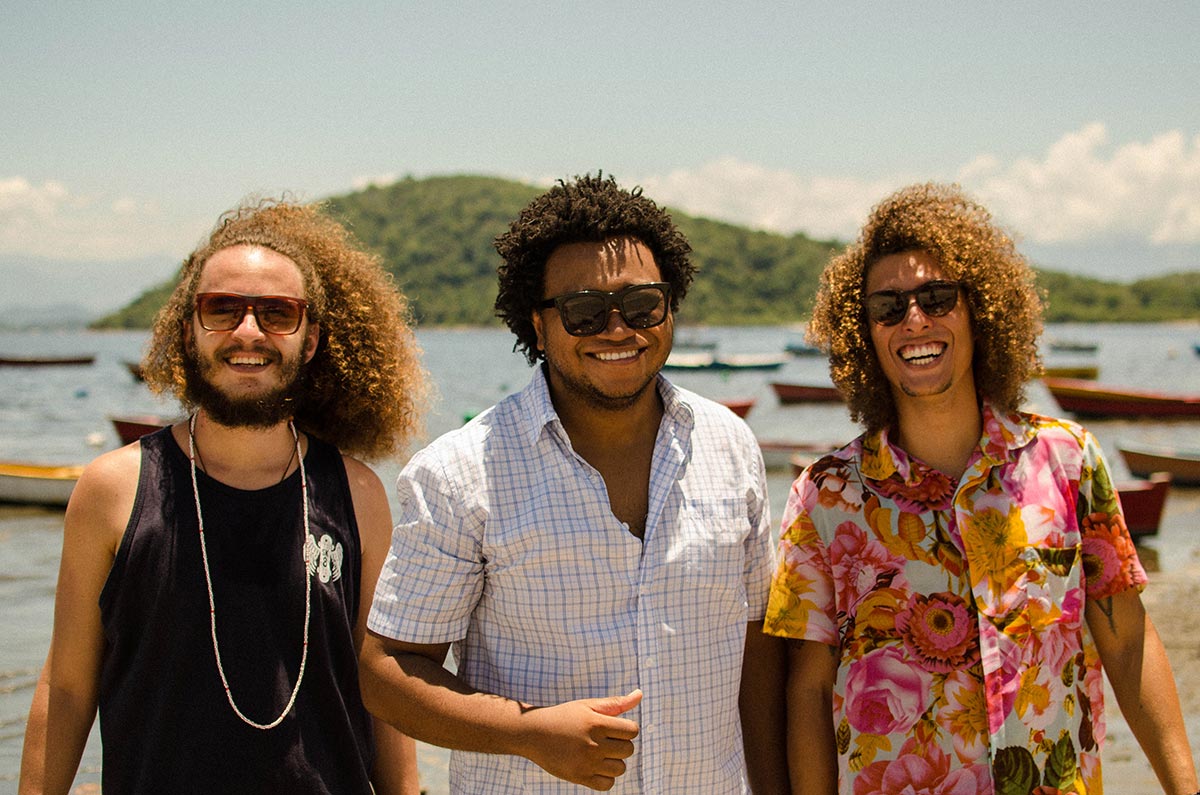
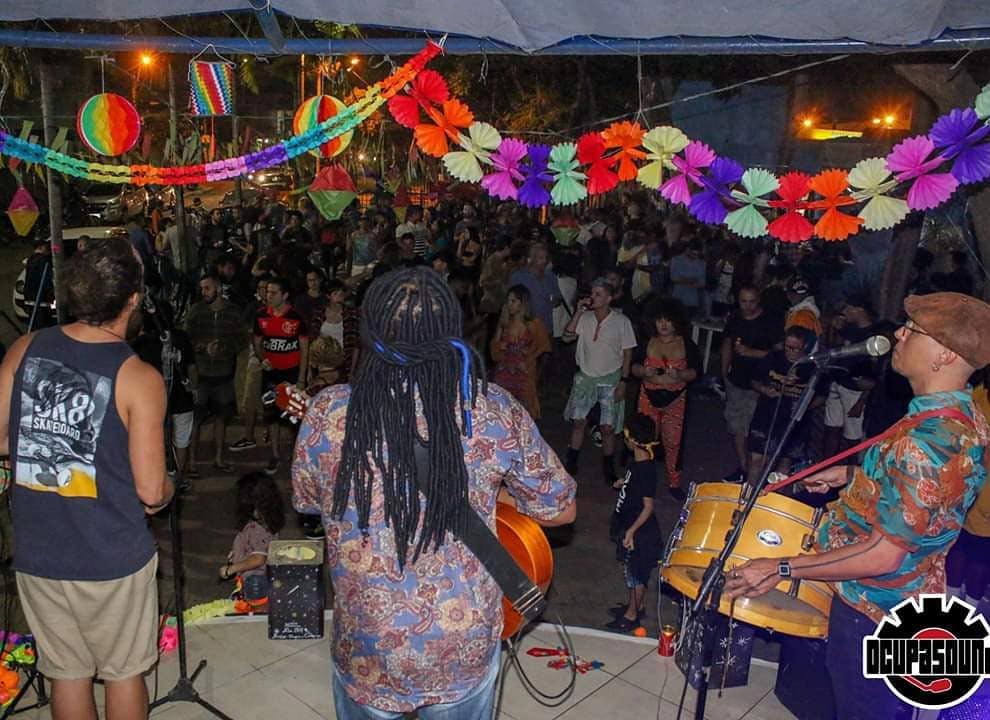
Once, while camping in Lumiar in the state of Rio de Janeiro at Arthur’s Camping, I caught the attention of Arthur Trindade Gonzaga Filho, as I played my tambourine. Known as “Seu Arthur”, he asked me where I was from [“Seu” short for “senhor” meaning “sir” is a colloquial form of address and deference for elders and also used to refer to trade workers]. When I spoke, he said he knew São Gonçalo well, and that he had ridden all over the region on horseback. To top it off, he said something I never forgot. He said São Gonçalo was the municipality that had the most musicians per square meter in Brazil. This was so satisfying to me that I immediately took it as a given. It may not even be a statistically proven or a scientifically recognized truth, but I know how positive this reference was for me, morally and psychologically. Seu Arthur raised goats on his farm, produced goat cheese and at least until 2014 he had the longest Brazilian beard on record at 93cm [3 feet]. A face that bears the marks of time; a kind look and long white beards deserve to be heard with respect.
The fact is that other generalized understandings about São Gonçalo, mainly emphasizing aspects of violence, are repeatedly reiterated as true. Indeed, we suffer from the urban violence produced by social inequality that plagues the peripheries of the world. So when I heard this statement about where I am from I was flattered. I thought: singers, drummers, and players of music, we are being seen. Despite a laughable plan for culture, preventing consistent investment in the area, several independent cultural events are nevertheless courageously produced here by tooth and nail. Such as Ocupasound and Efeito Colatoral [Collateral Effect], events organized by people driven by hope that promote political debates and artistic expressions of all different types. Other events include numerous round table discussions on culture throughout the city.
I know so many spectacular artists here, that I would not be able to list them all without unjustly omitting someone. We are all artists who work other jobs: artist/school inspector, salesperson/singer, electrician/guitarist, poet/odd jobber, in short, a place of life.
In this context, I speak of those that I also am, the hidden ones that make themselves seen, not to seek the spotlight, but because they are essentially the light, because they are the sun of their own existence and the existence of their peers.
When I say that I speak of those who I also am, it is because I am part of this social place that enunciates itself autonomously, denying external interpretations about our place. This process of producing an autonomous discourse about oneself is what I understand as an ontological and epistemic emancipation, one that moves toward the decolonization of being. Understanding coloniality as the power structure that remains even after colonization, decoloniality, in turn, would be the effort to overcome this order of dominance remaining from the colonial period. However, this is not a theory, it is before anything else a constant effort not to get carried away by the rhetoric of the dominant structure.
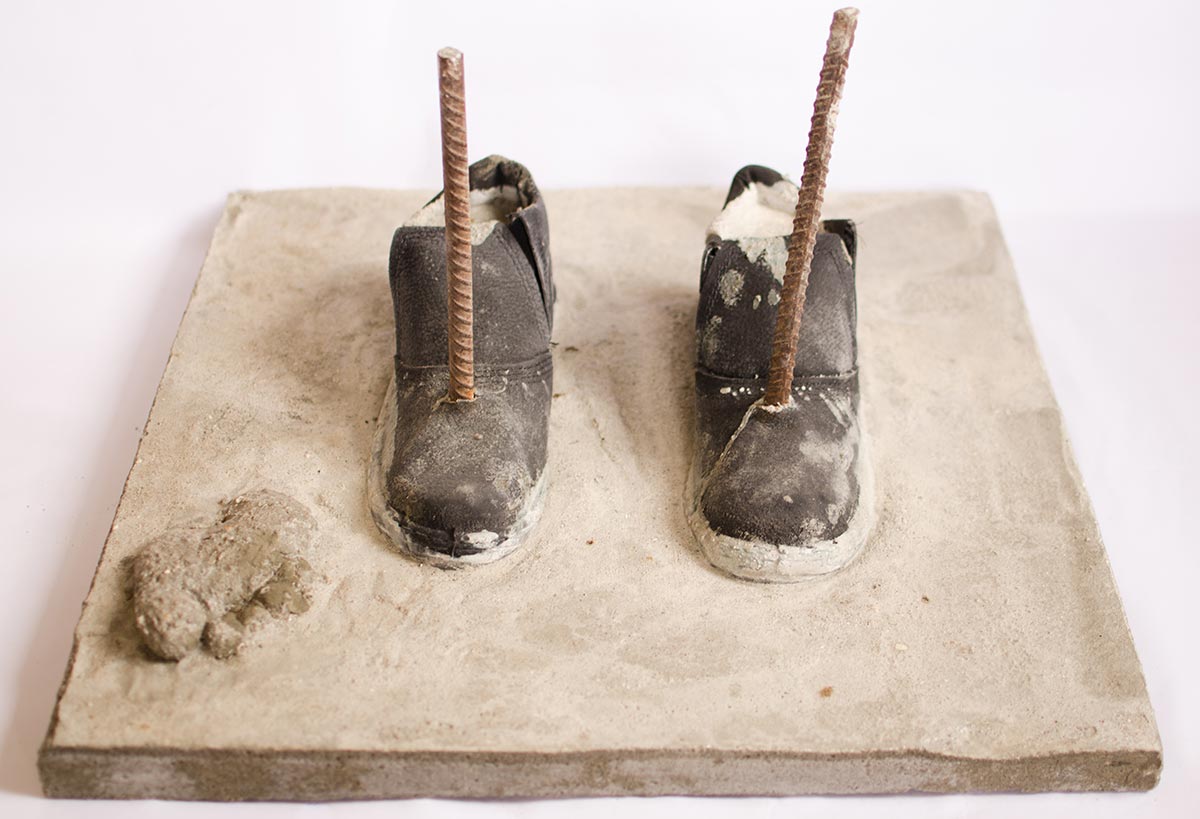
Because here I am, producing through art an enunciation of this place of mine, denying the veil that insists on wanting to cover up the life from the other side. For who will unveil us, if not us? So, I am not interested in this case being seen in isolation, I am interested in being seen as part of a social place that must be seen, I am interested in my discourse being the intertwining of collective experiences.
I reiterate that there is nothing wrong with work. I reiterate, I am proud to know that people here build houses and pave streets, that are the veins of the city, I am proud that we support ourselves in spite of ourselves. But I proclaim that being proud to work does not mean resigning yourself to exploitation, or accepting that our place be subjected to the locked up sheds where tools are deposited after work.
Mixing techniques and instruments of civil construction with art and understanding art as a form of civil construction is an argument for two different ways of maintaining life: art and construction. If, on the one hand, it is about a statement of existence, on the other hand it is about a repeated denunciation of these living conditions. I know that I am driven by utopia, this is the fuel I want to share. Creating this intertwining between art and workmanship is like saying: hey, I see you and I feel your existence as mine. In this way, whether a speech of joy or pain, it will be collective.
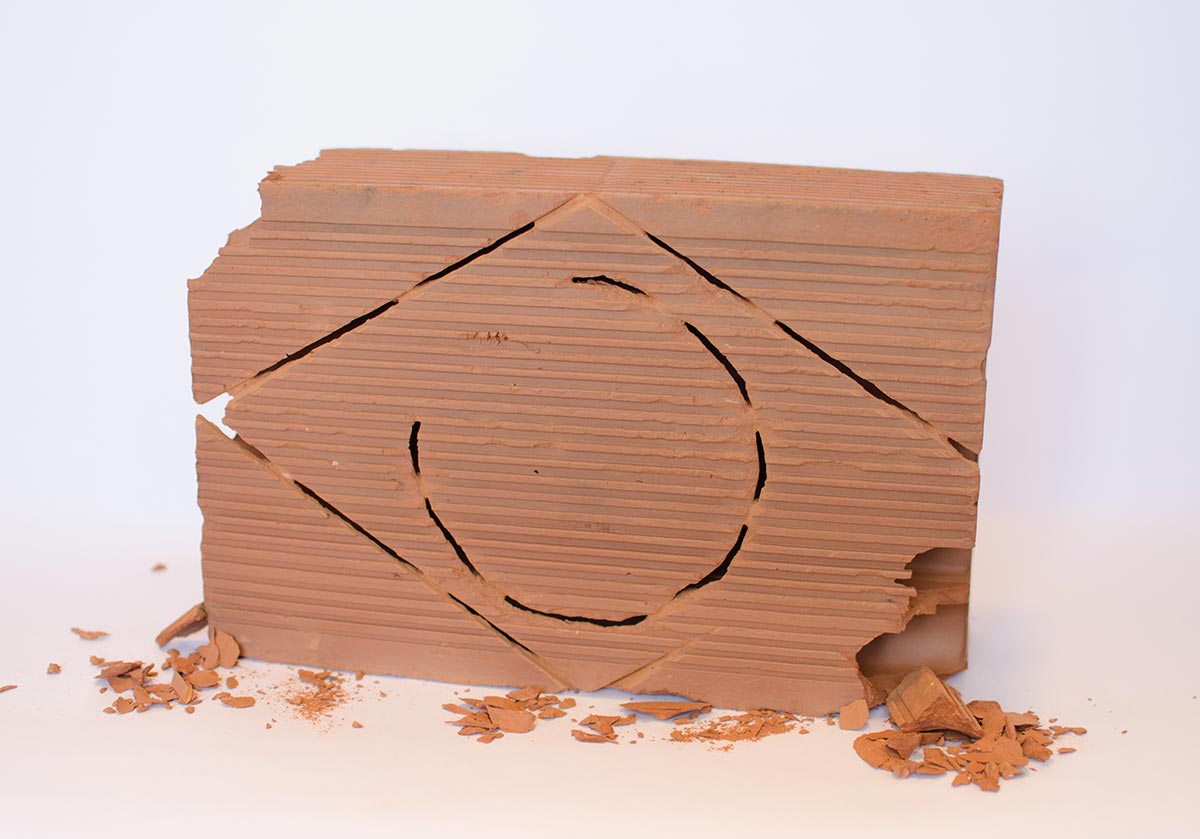
São Gonçalo is not like anywhere else in the world, but I know that it is also no different from other peripheral regions rich in vitality. It is this reality that socially unites even the geographically distant, constituting a commons. In these places, we inevitably experience life differently. From our position in São Gonçalo we can see more clearly the flaws that go from the foundations to the rooftops of this huge building that is Brazil. We feel the inconvenience of living in rooms built clandestinely in an embargoed work. Social ills, the wounds of coloniality, although they have never been hidden, reveal their never-been-treated infections on a daily basis. It is possible to perceive that the characteristics of São Gonçalo are not specific features only to this place; it is a universal colonial heritage that we reject daily, producing life, even at the risk of death. In the book Arquivo Pandemia vol.2, 2020 I wrote that:
Obra Embargada (2020) is an analysis of what was built abruptly, without consent, through genocide, rape, slavery, torture. Despite this, construction continued and continues to deny reparation to the land. All the while this makeshift abode remains unfinished, exposed to the weather. The fragility of these exposed brick walls becoming more and more visible, crumbling with each rain, tears from the memory of an open past.3

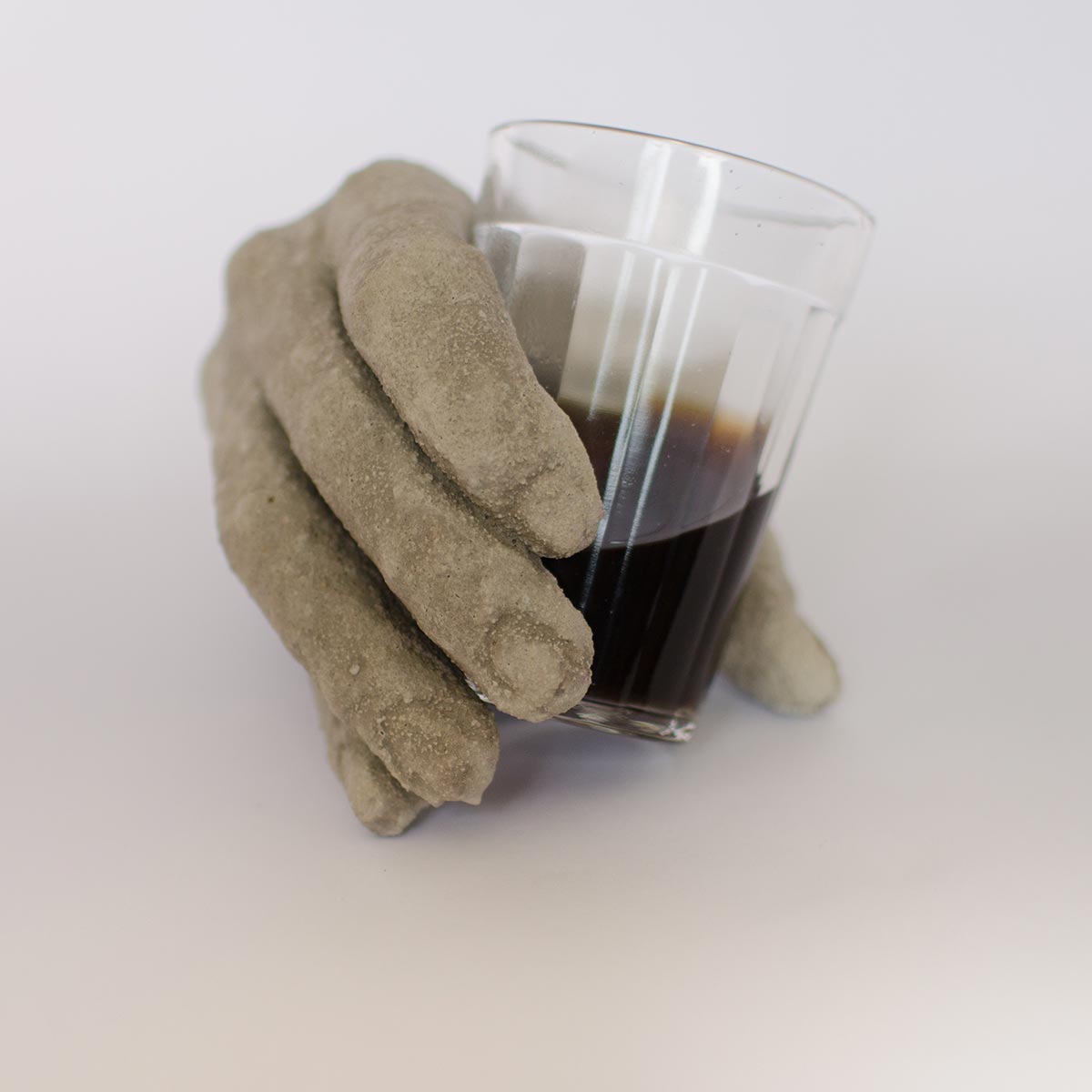
And so we go on, there’s always a coffee, a prayer and moving on.
***
Jeff Medeiros
Has a masters degree in Contemporary Studies of the Arts from Universidade Federal Fluminense (UFF) and an undergraduate degree in history from Universidade Estadual de Rio de Janeiro (UERJ-FFP), specializing in the teaching of African culture and Afro Brazilian studies. He is an artist, musician and teacher of history, sociology and philosophy.
1 Walter Mignolo, “Aiesthesis Decolonial,” Artículo de Reflexión, Calle14, Revista de inverstigación en el campo del arte volume 4, numero 4, January – June 2010, pp. 10-25.
2 Ibid. p. 23
3 Jefferson Medeiros. “Obra Embargada” in Arquivo Pandemia vol 2, org. Casa Nova Maia, Andréia e Casa Nova, Vera. Belo Horizonte, Editora UFMG, 2020, p,156


